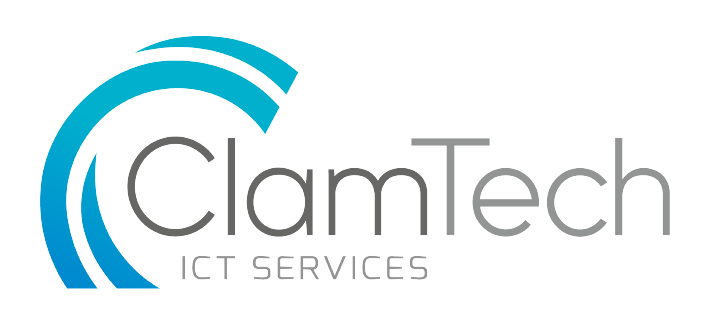Database Outsourcing
Conventional ‘cheaper’ and ‘better’ reasons may not be enough for many organisations thinking of outsourcing their database management systems. Points being:
- Core vs Chore
The key to getting the most out of outsourced remote management is through finding the best balance of services across support areas, whether the need is for remote application management, database administration, or specialised functional support. Having a dedicated and reliable team will allow you to free internal resources to focus on more important and vital projects. This will allow your internal IT team to focus on more ‘core’ tasks instead of wasting valuable resources on ‘chore’ tasks.
- Better Results, More Value with Less Resources.
Cost savings is usually the most tangible benefits of offloading “chore” tasks to focus on “core” tasks. When you find the right outsourced team for remote database and application management, you typically will get more out of the resources at hand; like on-demand access to a senior-level expert, which will save you the time and capital normally required to do so. Choosing the right partner with a managed service provider, gives you access to the specialised person for the respective job whenever the need arises and you would not need to find or hire other external consultants.
- Giving your Organisation the best talent available.
Finding the right-sourcing to a qualified database and application managed services provider, serves as another big advantage which gives you constant access to a comprehensive, seasoned team of experts and specialists found in the IT industry.
- Consistency, Availability and Efficiency.
Every business oriented person needs to be prepared to counter any problems or inconveniences that may rise from time to time. When it comes to technology, any setback can result in catastrophic consequences for the business. With remote management, you can provide IT support 24 hours a day, seven days a week, 365 days a year – with no room for sick days, vacations, or interruptions. It does not matter what time zone you are in; rest assured that a specialised and dedicated team is always available around-the-clock to solve your problems.
- Cost Effective.
When database management is outsourced, an organisation will not need a team to set up and monitor your database infrastructure.
- Reduce Risks
No one can invest and keep up with the upgrades better than these outsourced specialists. A third-party vendor combines knowledgeable staff with state-of-the-art technology to greatly minimize risks to their clientele. Outsourcing database maintenance will:
- Ensure patches are installed the minute they’re released
- Ensure backups are always updated and verified to be working
- Detect hiccups in the infrastructure that may lead to an impending crash, hardware failure, or a database corruption – the instant they happen.
It is no hidden fact that with today’s vast and fast-growing Technology; Outsourcing Database is, just as fast, becoming the new trend.
